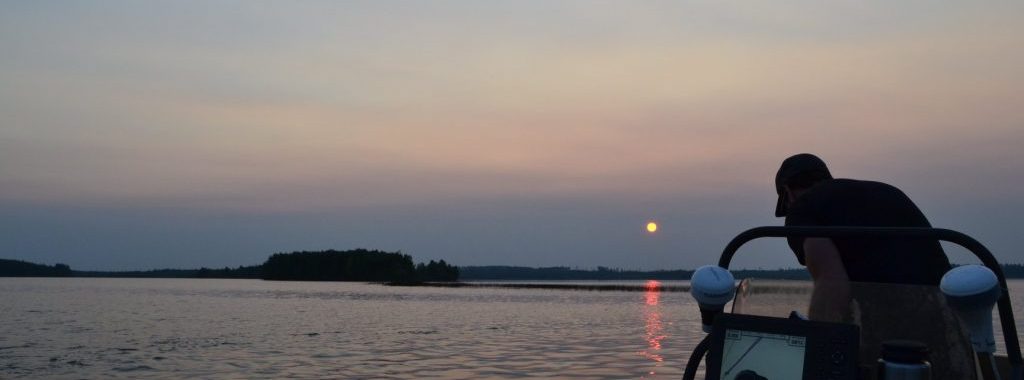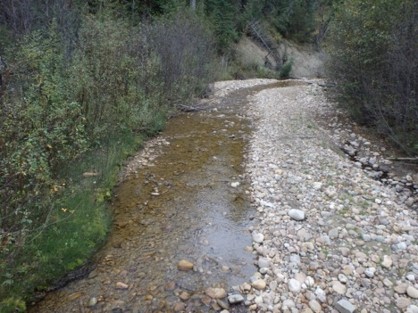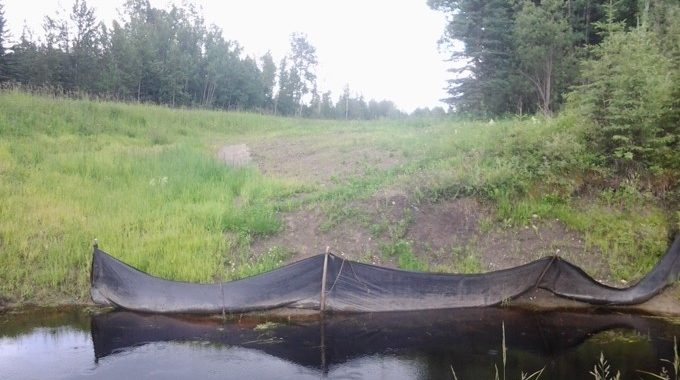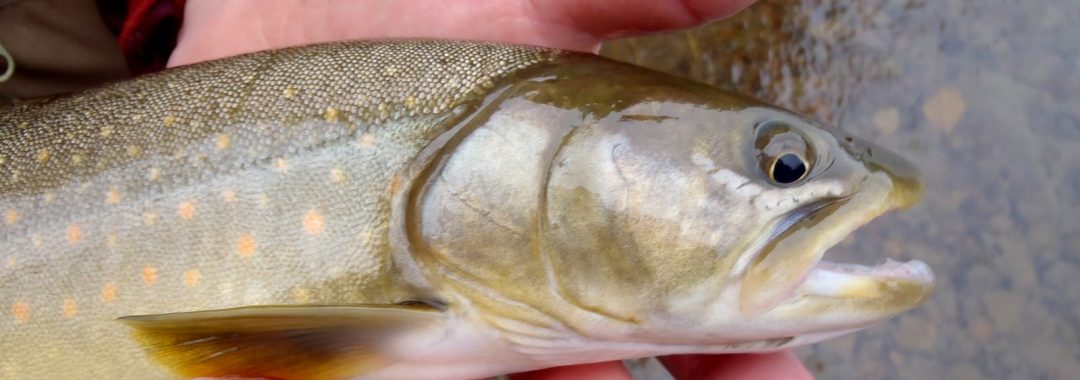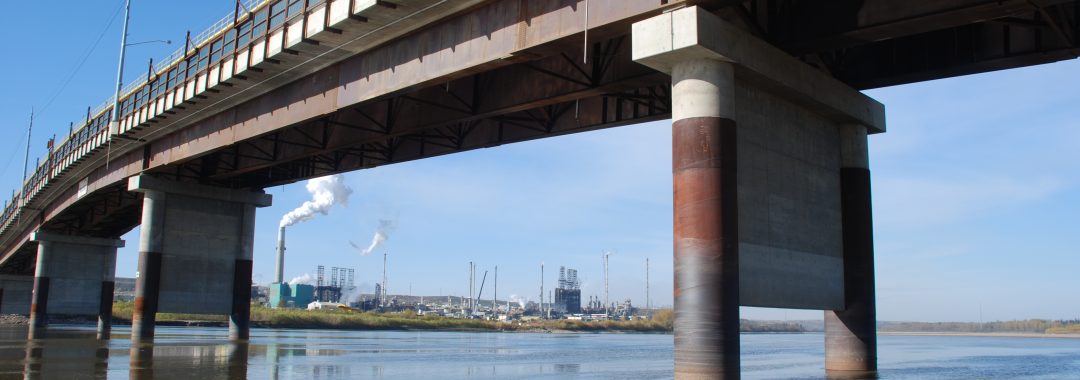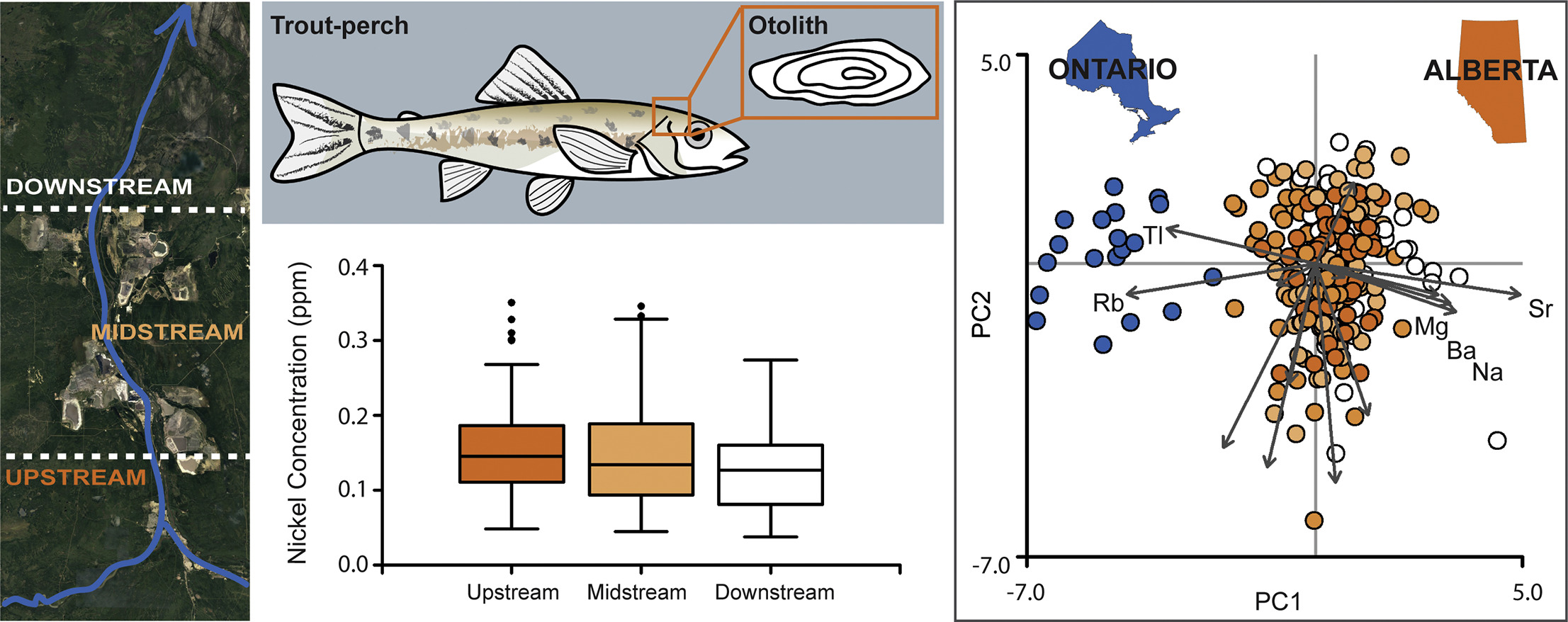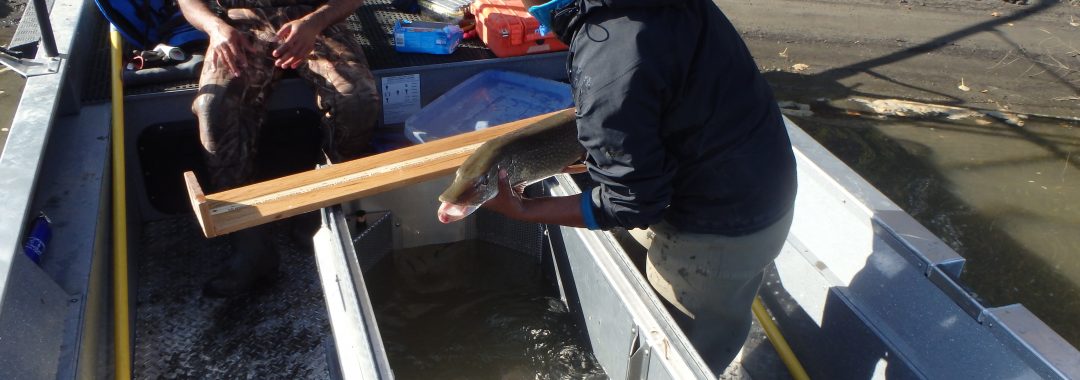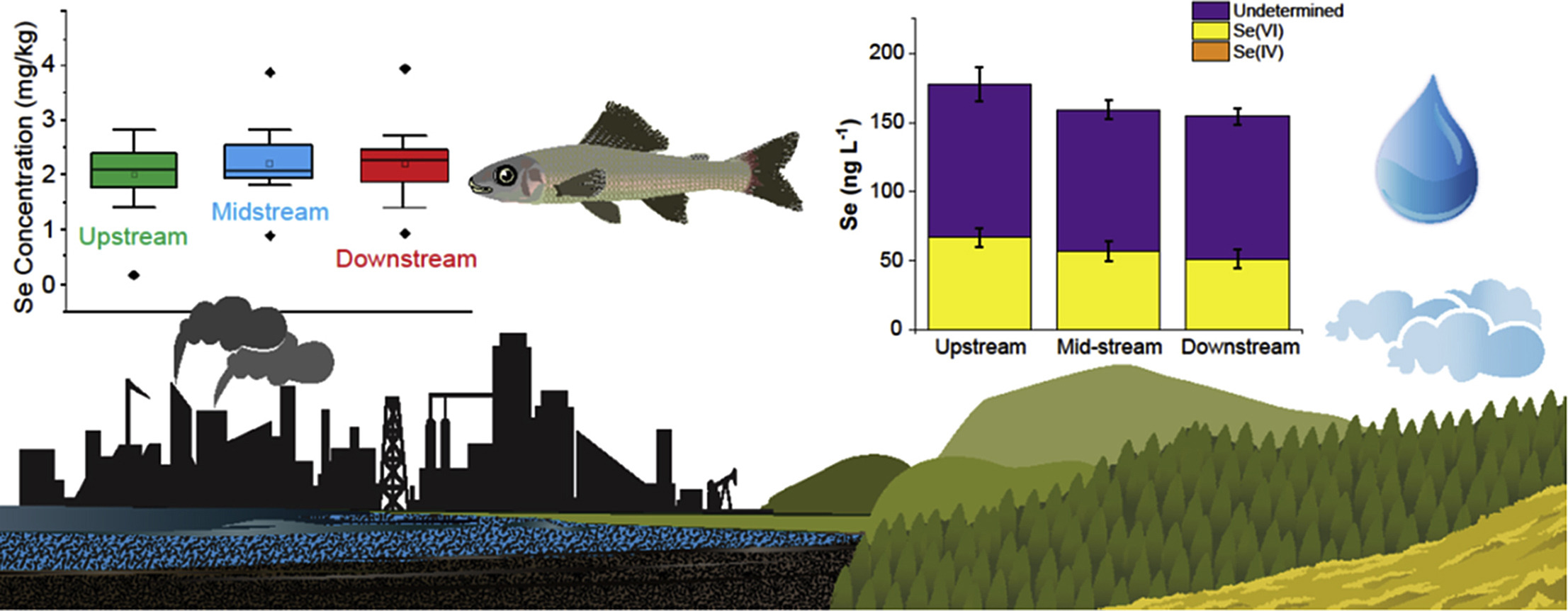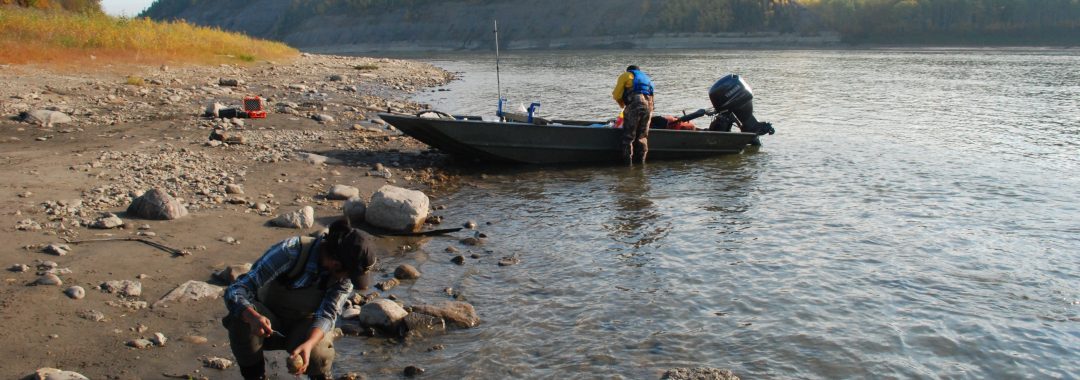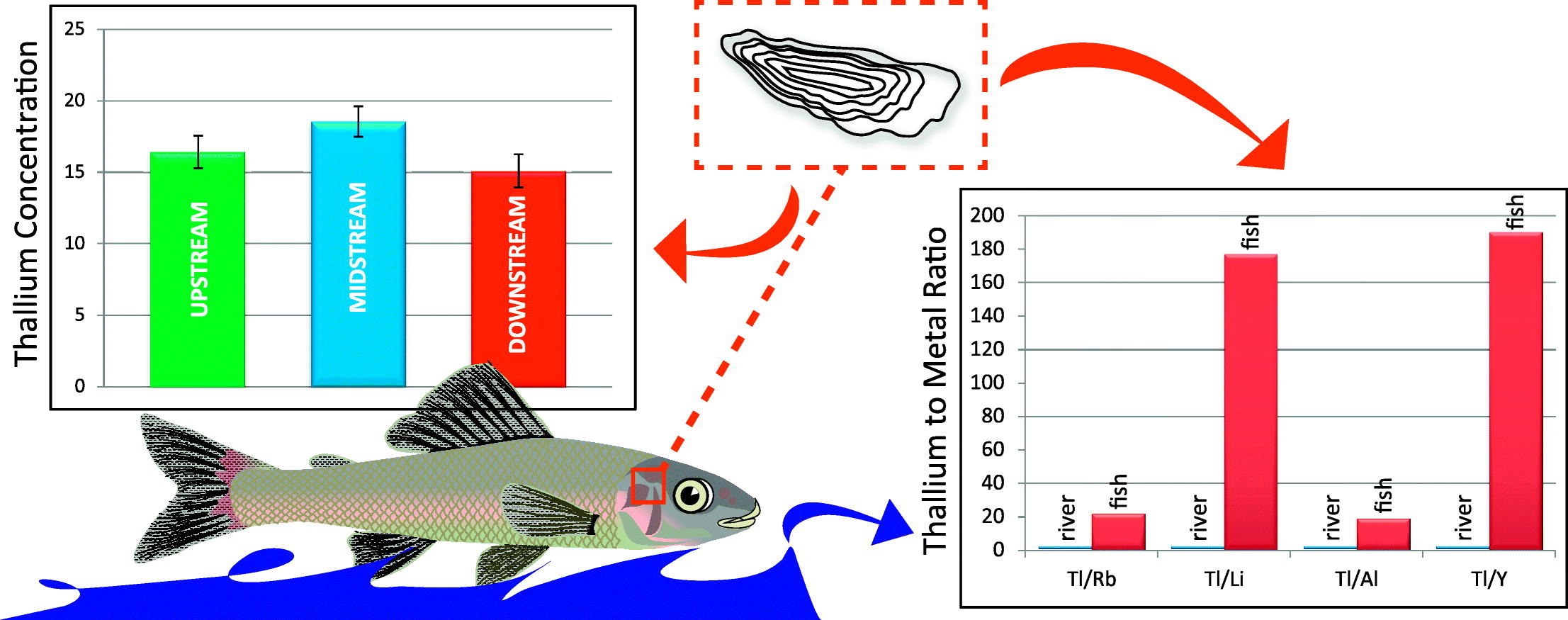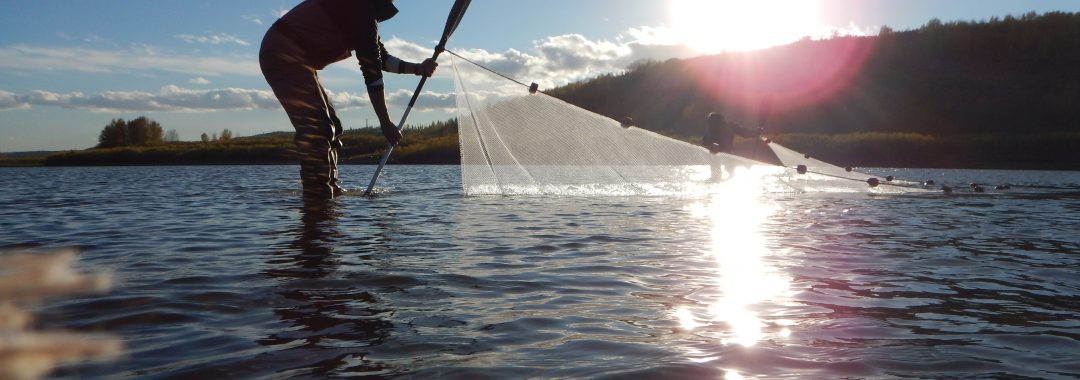Abstract:
Habitat banking, a conservation approach to offset habitat loss, has been widely accepted and implemented in the United States, especially for the protection of freshwater ecosystems. The potential adequacy of the habitat banking approach has, however, not yet been formally quantified in the context of its underlying framework and policies. Using a gap analysis approach, we test the current adequacy and future potential of habitat banking for 2313 approved and 552 pending banks in the United States. In the analysis, we consider water stress due to projected climate change, freshwater diversity, imperiled species, and human population growth, among other factors. The results show that the highest conservation urgency was assigned to states in the Southwest with high levels of species imperilment and large increases in anticipated water stress. The banking network covers most of the freshwater biodiversity hotspots in the East and Southeast. Land ownership is a potential driver for the low bank density in western states, with large proportions of land being owned and managed through federal agencies and only 58 banks situated on federal land. While the banking network in the United States is one of the most developed on a global level, gaps and priority areas can be clearly identified to strengthen the current network and its role in preserving freshwater habitat and diversity. Keywords: Offsetting; Conservation policy; Biodiversity market; Preservation.
Citation: Theis, S. Castellanos D.A., Hamann A. and M.S. Poesch. (2022) Exploring the potential role of habitat banks in preserving freshwater biodiversity and imperiled species in the United States. Biological Conservation 273: 10970.
Also Read:
*Lab members: Sebastian Theis and Mark Poesch. Check out opportunities in the lab!


